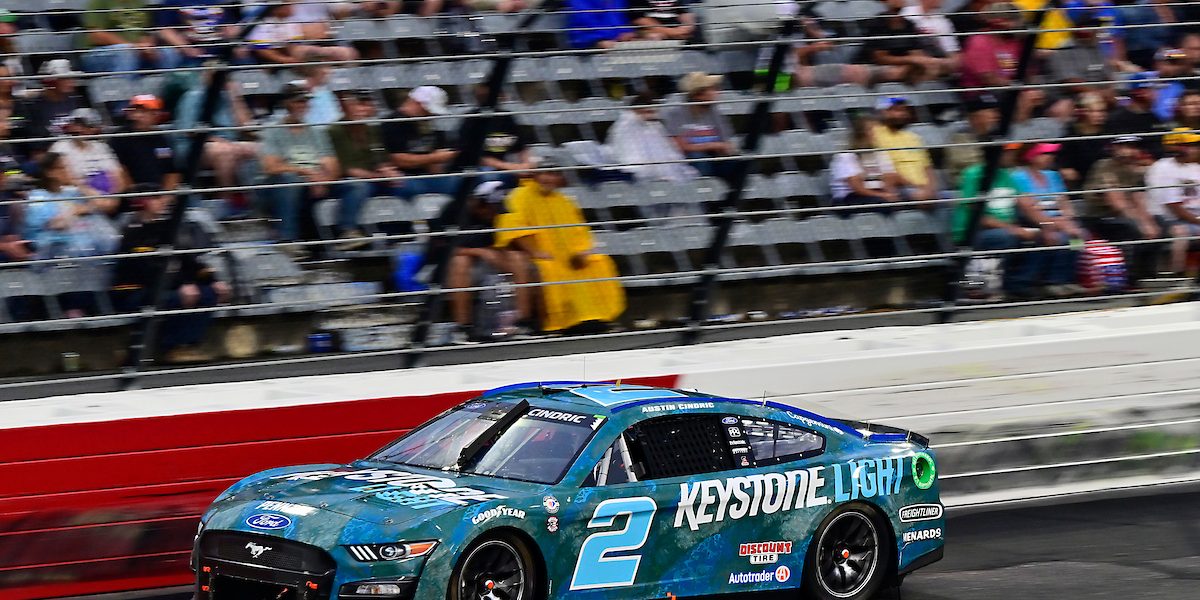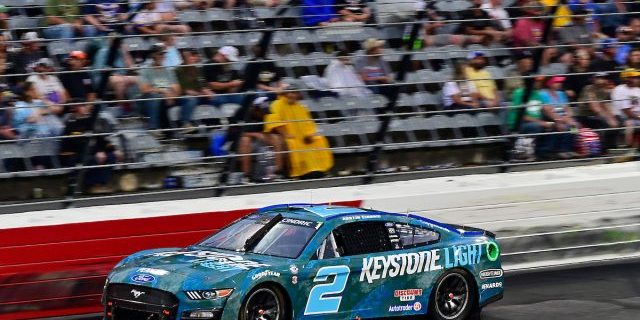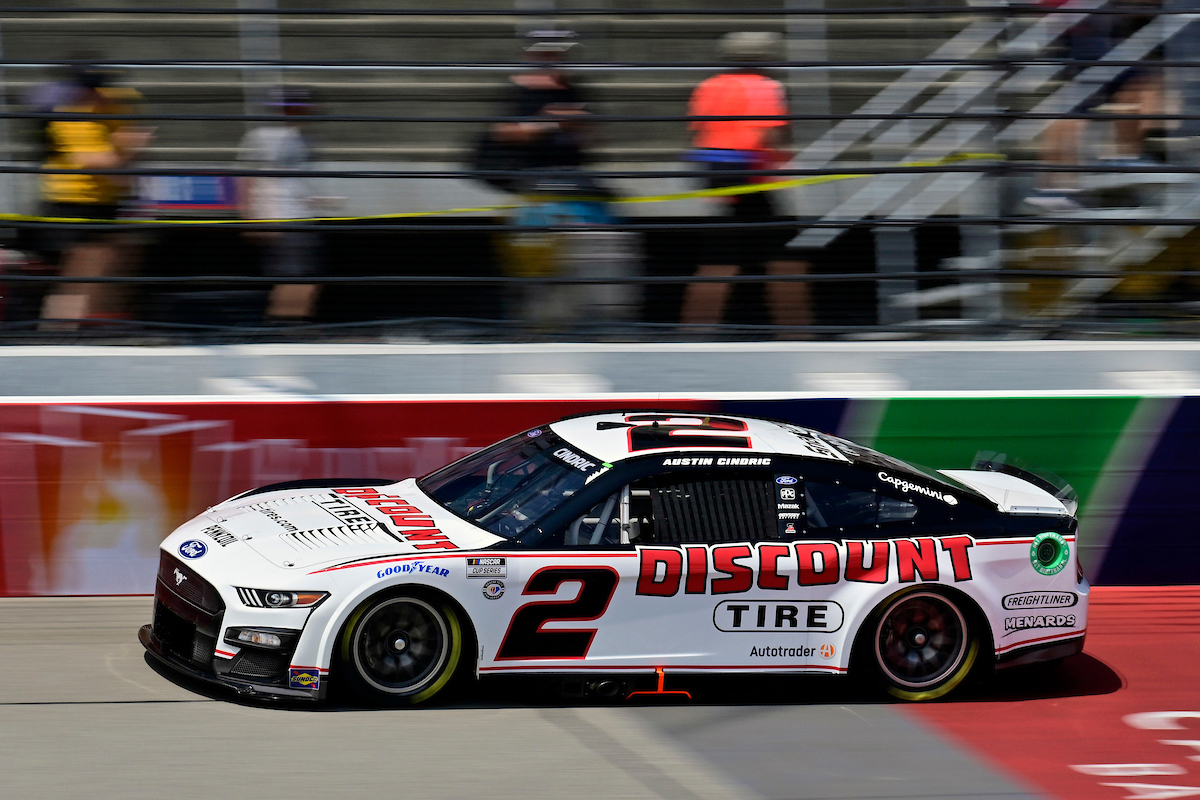Do NASCAR tires have air?


Debunking Popular Racing Myths
You’ve probably watched a NASCAR race and wondered about the intricate details of the sport. Do NASCAR tires actually have air in them as regular car tires do?
Yes, NASCAR tires do contain air, but they’re specially designed and maintained for racing conditions.
In this article, we will delve into the nuances of NASCAR tires, shedding light on their unique design, composition, and maintenance.
Table of Contents
A Detailed Explanation of NASCAR Tires and Air
The Basics of Tire Design
Every tire, whether for regular vehicles or NASCAR racing, is designed with certain fundamental principles in mind. For NASCAR, tires are specifically engineered to endure high speeds and intense conditions. While they contain air like any other tire, they’re built to withstand more pressure and heat.
Air Pressure’s Role in Racing
Air pressure plays a pivotal role in determining a tire’s performance during a race. It affects grip, wear rate, and the tire’s overall responsiveness. Teams frequently adjust tire pressures according to the track conditions and the driver’s feedback to find the perfect balance of speed and durability.
Why Not Use Nitrogen?
Some might ask why NASCAR teams don’t use nitrogen, as some high-performance applications do. While nitrogen is used in some racing contexts due to its stable properties, NASCAR teams often stick with air for its availability and ease of use during rapid pit stops.
Here’s everything else you might want to know about NASCAR tires and their intriguing aspects.
The Evolution of NASCAR Tires
Since the inception of NASCAR, tire technology has evolved exponentially. Initially, the tires used were not very different from regular road tires. However, as speeds increased and competition intensified, there was a dire need for specialized tires.
Today, with collaborations between tire manufacturers and racing teams, we have tires that not only have air but are also crafted with advanced rubber compounds to ensure maximum grip and longevity.
The Science Behind Tire Wear
Tire wear is a significant concern in NASCAR races. The faster a car goes, the more heat is generated, causing the tire rubber to wear out. This wear is not uniform, as the banking of the racetrack and the car’s weight distribution can cause more wear on one side than the other. Regularly monitoring this wear is crucial for determining pit stop strategies.
Tire Maintenance and Replacement
A NASCAR race is not just about speed; it’s about strategy. Knowing when to replace tires is a game-changer. NASCAR tires, despite their robust design, do wear out, and teams must replace them multiple times during a race. Factors such as air pressure, temperature, and driving style can influence the lifespan of a tire during a race.
Pit Stop Precision
The success of a NASCAR team isn’t solely dependent on the driver’s skills. It also heavily relies on the efficiency of pit crew members. During a pit stop, not only is the car refueled, but tires are often changed to ensure the vehicle has maximum grip for the next stint. This process is a delicate dance of precision and speed.
Every second count. Therefore, understanding the current condition of the tires and knowing the optimal air pressure levels are paramount. Adjustments made during these pit stops can dramatically influence the outcome of the race.
The Cost Factor
Many casual viewers might be unaware of the costs associated with NASCAR tires. Given their specialized design and the rigorous conditions they must endure, they’re not cheap. A single set can cost over $2,000, and considering multiple sets are used in a race, the tire budget becomes a significant expense for teams.
It’s also worth noting that NASCAR teams don’t purchase these tires. They lease them from suppliers, and after the race, the tires are returned, further highlighting the unique relationship between NASCAR and tire manufacturers.
Safety Measures
Safety is paramount in any motorsport, and NASCAR is no exception. Tires play an essential role in this aspect. Regular inspections are conducted to ensure there are no defects or issues that could lead to catastrophic failures during a race.
Air pressure, as previously discussed, plays a significant role in tire safety. An overinflated tire can burst, while an underinflated one can cause handling issues. Ensuring the right balance is maintained is a constant challenge but a vital one.
Do NASCAR tires have air? – Final Thoughts
Navigating the thrilling world of NASCAR, you’ve now gained insight into a seemingly simple yet profoundly complex aspect: the tires. These aren’t just rubber circles filled with air. They’re intricate pieces of engineering that play a massive role in the strategy, safety, and success of every race. Remember, while speed thrills, it’s the details like tire management that ensure victory. Keep this newfound knowledge with you, and you’ll watch the next NASCAR race with an even greater appreciation.
Do NASCAR tires have air? – FAQ
1. Why don’t NASCAR teams own the tires they use?
Teams lease the tires due to agreements with tire manufacturers. This ensures consistent quality and prevents teams from modifying or tampering with the tires.
2. How many sets of tires might a team use in one race?
It varies depending on the race length and strategy, but a team can use anywhere from 9 to 14 sets of tires in a single race.
3. Do all NASCAR teams use the same type of tire?
While the specifications are generally consistent, different tracks might require slightly varied tire compounds. But within a single race, all teams use the same tire type.
4. What’s the average lifespan of a NASCAR tire during a race?
It can range from 50 to 100 miles, but this depends on various factors like track conditions, driving style, and race strategy.
5. Why do tires wear out faster on some tracks than others?
Track surface, banking angle, and temperature can all influence tire wear. Rougher surfaces or higher banking angles can cause tires to wear out faster.










